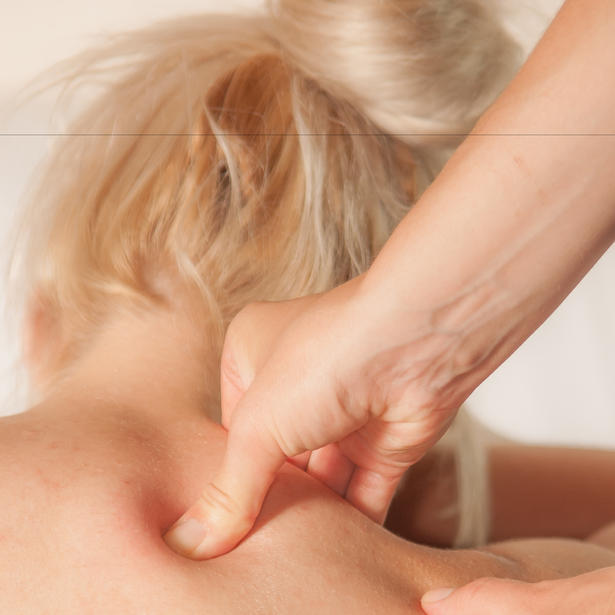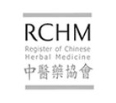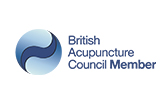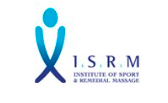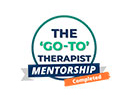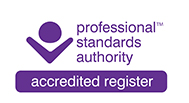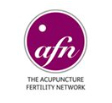About trigger points, what they are, how to know if you have them and what you might do about it.
What trigger points are and what they aren’t
Although many of us practitioners have a clear idea about trigger points; what they are, and what it means to have them, it is apparent that their nature is often misunderstood and consequently they are misdiagnosed.
Trigger point physiology
A Trigger point is a part of muscle tissue held in contracture. That is, it is a chemical and mechanical situation not mediated by the nervous system, although the factors involved in their evolution are usually habitual and postural, and some of the associated symptoms are due to sympathetic nervous system response. They can be seen as an adaptive mechanism by which the body attempts to remain functional. Trigger point formation is thought to arise from tissue being held in a tonic state for a long time. Without relaxing, the blood flow to the area is reduced and therefore nutrition to the cells is impeded and waste products are not removed.
As the waste products from muscle contraction build up a situation develops where Ca2+ ions reach a concentration which holds the muscle in a contacted state perminantly on a cellular level. These cells are ischaemic. This means that to treat them we need to restore blood circulation to the area. Received wisdom also states that to prevent their recurrence it is essential to restore the tissue to is ‘normal’ resting length, and in order to maintain that length in the long term a change in body use/ posture is necessary.
The key characteristics of trigger points are:
- Exquisite tenderness on pressure
- Found in a taut band of muscle tissue
- A muscle twitch response can be elicited with palpation
- Upon pressure a referred sensation/ pain is experienced: This could be a pain distant from the point or radiating from the point.
-If this pain is familiar to the patient = Active trigger point
-If this pain is unfamiliar to the patient = Latent trigger point
- The skin above a trigger point becomes less elastic
- The skin above a trigger point becomes sticky (Hypersecretion of sweat glands)
Referred pain
The referral zones of trigger points often correspond to acupuncture channels, just as their locations often correspond to channel points- a comparison found an 80% corrolation between Travell and Simons Trigger point map and the traditional Chinese acupoint locations.
Trigger point referral patterns usually affect dermatomes innervated by the same spinal segment that innervates the muscle housing the point, but this is not always the case.
It seems evident that trigger points form in tissue that is held in a chronically tight state. This being the case, the initial cause of their formation is to do with body use and posture, so unless this is also adapted and integrated into the clients life, the likelihood is that even if successfully treated they will return.
It is worth also considering the wisdom of releasing trigger points without taking into account the adaptive load placed on the body. Trigger points are an adaptation of the body to cope with the stresses it is under, how it reacts to their removal can be unexpected and sometimes symptoms can actually worsen. It is worth being careful and proceeding softly in some circumstances, not working on more than one or two per session to avoid adverse reactions.
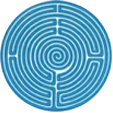
 by admin
by admin 18 March 2018
18 March 2018 
